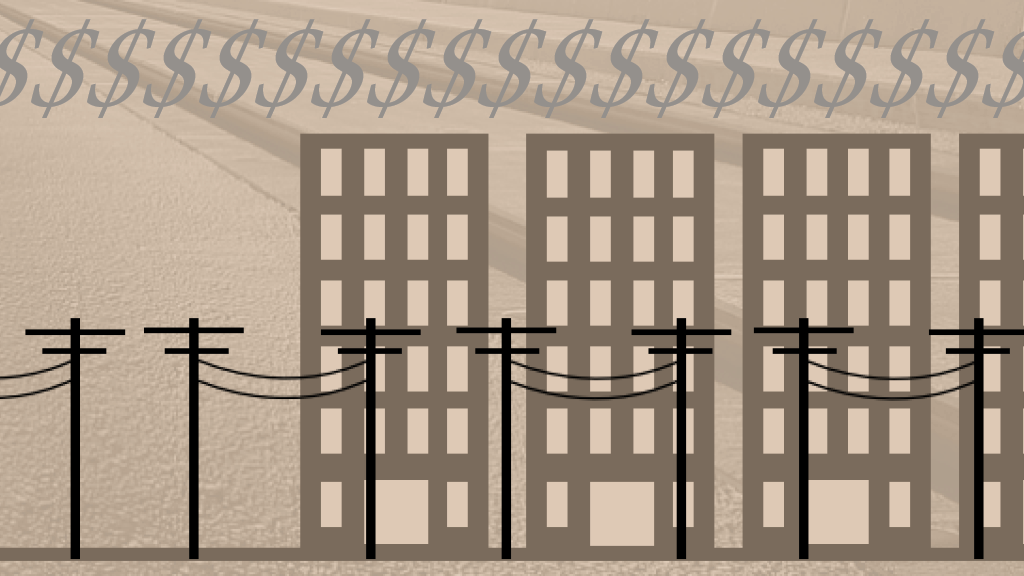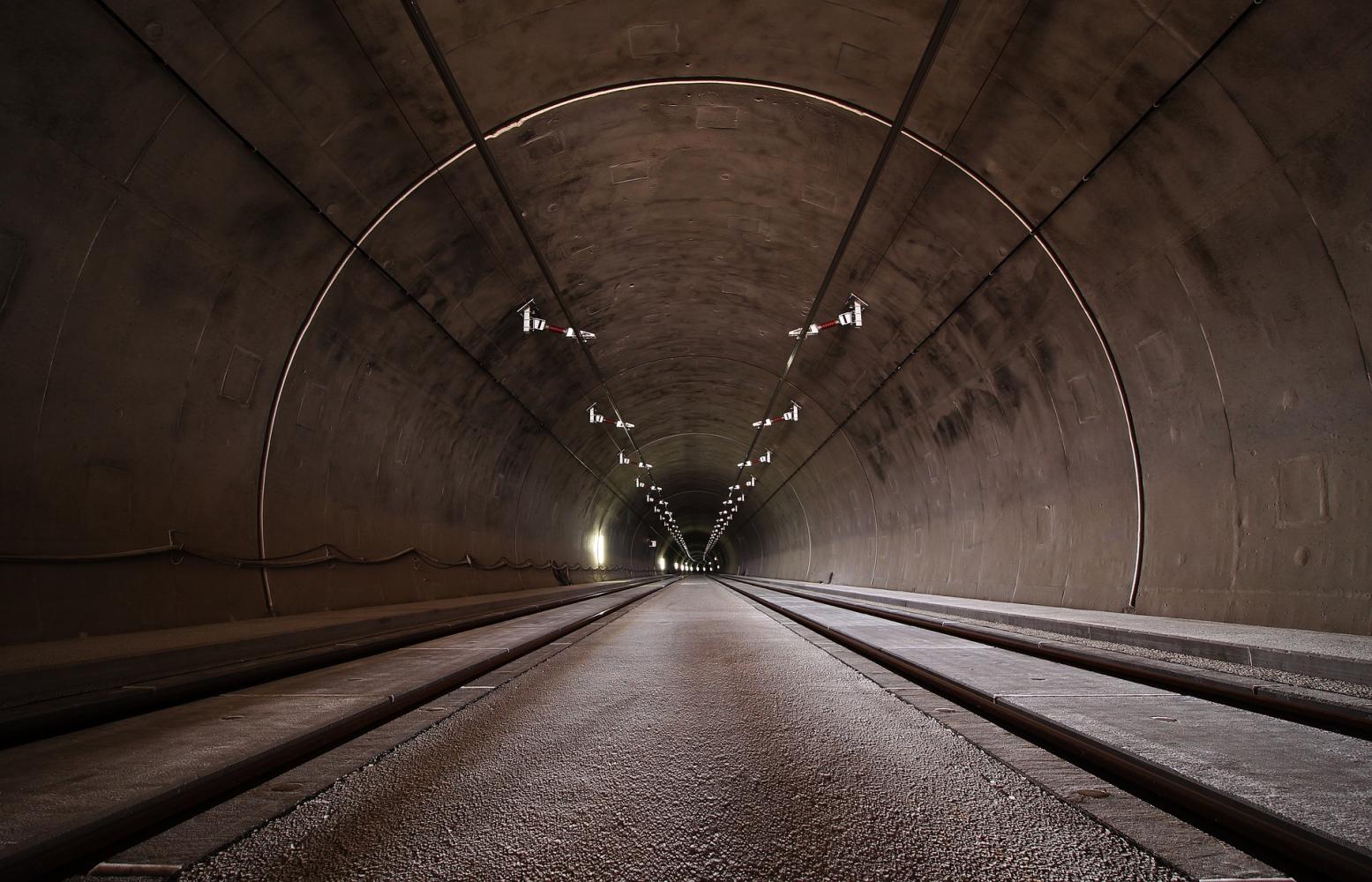Unpacking the Infrastructure Bill
by Patrick McCullough | published Feb. 12th, 2022
The Infrastructure Investment and Jobs Act (IIJA), previously known as the INVEST in America Act and more commonly, the bipartisan infrastructure bill, was signed into law by President Joe Biden on Nov. 15, 2021.
The $1.2 trillion bill addresses federal aid programs for highways, transit, research and rail programs, among other things. Included alongside those programs is around $550 billion in new spending that will be put towards infrastructure development over the next decade.
While proponents of the bill maintain that these changes will be paid for by new revenue and repurposed, unspent funding, the Congressional Budget Office has estimated that the legislation will cost a net $256 billion over the course of ten years.
What's in It?
According to the fact sheet released by the White House briefing room, this new spending includes:
$110 billion towards repairing roads, bridges and other large projects. The bill also includes the Safe Streets and Roads for All program to support projects to reduce traffic fatalities.
$89.9 billion in guaranteed funding for public transportation programs over the next five years. This includes $39 billion in new investments to upgrade America’s transit infrastructure.
$66 billion to upgrade and maintain the country’s railroad systems.
More than $65 billion towards investments in clean energy transmission and increasing the resilience of America's power grid. This money will also fund programs to develop and deploy new clean-energy technologies.
$65 billion towards expanding broadband service across the country to ensure every American has access to reliable internet, especially in rural communities.
$55 billion towards expanding access to clean drinking water, including pushes to eliminate lead service pipes and efforts to improve the water infrastructure in Tribal Nations and disadvantaged communities.
Over $50 billion to proof American infrastructure against climate change and cyber attacks. This includes funding to weatherize American infrastructure, and money for cybersecurity development.
$21 billion to clean up Superfund and brownfield sites, land that has been tainted with pollutants, toxic wastes and other environmental contaminants.
$17 billion into port infrastructure and an additional $25 billion for airports to address maintenance backlogs and reduce emissions through the adoption of low-carbon technologies.
$7.5 billion to build a nationwide network of electric vehicle chargers along highway corridors and within communities. This money will contribute towards the bill's stated goal of accelerating the adoption of electric vehicles.
The White House has also published state-by-state breakdowns of where the money is going. Though the exact numbers are subject to change based on updated data for each fiscal year, New York is currently poised to receive billions of dollars in funding.
Infrastructural Concerns
The bipartisan infrastructure bill is the U.S.'s largest long-term infrastructure investment project in nearly a century, and the data indicates that it has been a long time coming.
The American Society for Civil Engineers (ASCE) is the country’s oldest national civil engineering organization. The organization publishes a comprehensive assessment of America’s infrastructure every four years, grading it on a scale of A to F.
According to the ASCE, America’s infrastructure has struggled to get out of the D’s — designating infrastructure that is largely below standard and exhibiting significant deterioration — since the report’s inception in 1998.
2021 was a breakthrough year since, for the first time in two decades, American infrastructure scored above a D. According to the report’s executive summary, America has made incremental progress towards restoring the nation’s infrastructure, but a lot of work remains.
Aviation, drinking water, energy, inland waterways and ports all scored higher in 2021 than they had four years ago, while just one category — bridges — has gone down.
Amanda Bao is an associate professor and program director in RIT’s Civil Engineering Technology program. Prior to working at RIT, she worked as a structural engineer and has been involved in engineering education research since 2011.
“The current design code requires a typical bridge to stand for 75 years,” Bao explained. “We have a lot of bridges that were built a hundred years ago, so [our infrastructure is] already being pushed to its limit.”
“We have a lot of bridges that were built a hundred years ago, so [our infrastructure is] already being pushed to its limit.”
Coastal states like New York have a particularly tough time with infrastructure, especially in the winter. Saltwater and salted roads accelerate corrosion, which can cause infrastructure to rust and deteriorate faster.
There are ways to design around these failings, and a new infrastructure package could lead to the adoption of these new technologies.
Composite materials could resist corrosion better than conventional steel, but the new material hasn’t entirely surpassed traditional construction methods. Recycled materials are also making their way into the field of civil engineering, with materials like ground glass being used to replace sand in concrete.
Environmental Concerns
Billions of dollars in the infrastructure bill have been earmarked to reinforce American communities against climate change. The Great Lakes region is a prime example of the consequences of these changing conditions.
Ann Howard is a professor in RIT’s Department of Science, Technology and Society in the College of Liberal Arts.
“Warmer winters and less precipitation in the winter time mean that the levels of the Great Lakes themselves will fluctuate more,” Howard said. “There’s also the issue of storms and storm surges, particularly on the southern shore of Lake Ontario.”
Shoreline cities and towns in the Great Lakes region expect heavy spending to mitigate the impacts of the changing environment. According to the Associated Press, officials believe the estimated cost will approach $2 billion.
“There are upwards of 30 million people who rely on the waters of the Great Lakes. That means the water has to be clean, and it has to be available in the quantities that support the population,” Howard explained.
“There are upwards of 30 million people who rely on the waters of the Great Lakes. That means the water has to be clean, and it has to be available in the quantities that support the population.”
A large amount of money from the IIJA is being put into climate change mitigation and water supply reinforcement, but only time will tell how impactful the spending will be.
The bulk of the funding is going directly to states, so localities will have to rely on their relationship with state governments to get that money to where it is needed most.




